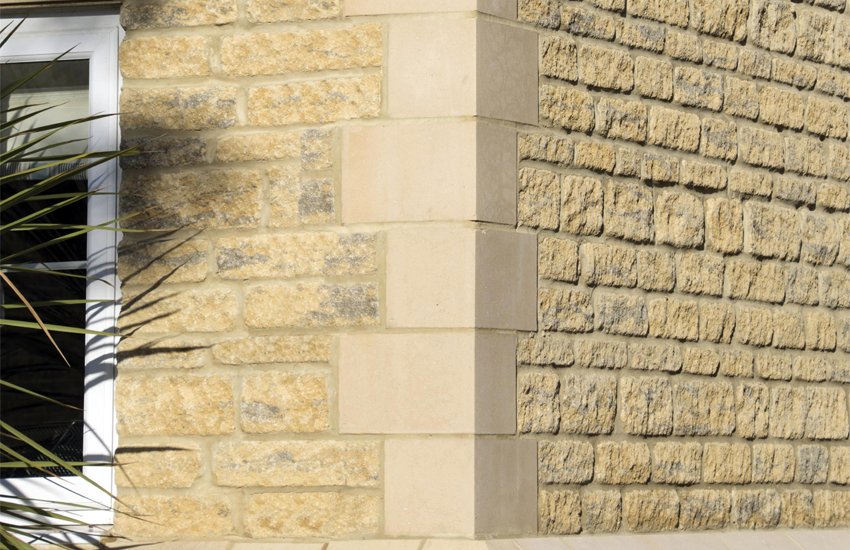In an age of advanced materials, modular construction, and high-tech composites, it might seem surprising that the UK construction industry still overwhelmingly relies on two of the oldest materials known to man: brick and stone.
These traditional masonry materials—a legacy of British architectural history—are not relics of the past. Instead, they form the essential foundation of durability, aesthetics, and structural integrity for both new builds and renovations across the country. Understanding why brick and stone endure is key to appreciating the quality and longevity of British property.
1. The Heritage of Brick: A National Identity
The history of brick in Britain, though interrupted after the Roman departure, exploded during the Industrial Revolution and the Victorian era. The demand for mass housing, coupled with the local availability of clay, made brick the most ubiquitous building material, especially in the South and industrial cities.
Today, brick is more than just a wall; it’s a visual language:
- Aesthetic Continuity: About half of all new buildings in the UK feature a brick façade, ensuring new developments blend harmoniously with the vast stock of existing brick housing. The sheer variety of colours, textures, and patterns—from London’s stock bricks to the deep reds of the North—allows architects to respect local vernacular styles.
- Modularity and Consistency: Bricks adhere to a standard size (typically 215 x 102.5 x 65 mm in the UK), making them incredibly predictable for builders. This modularity speeds up traditional construction and makes it easier to integrate brickwork with modern wall assembly systems, including insulation and damp-proof courses.
- Low Maintenance: Fired clay is exceptionally durable and low maintenance. Unlike timber or render, bricks do not need regular painting or sealing and are highly resistant to fire and biological growth like moss.

2. The Timelessness of Stone: Durability and Value
While brick was the material of the common man and the Industrial Age, stone was traditionally reserved for structures that needed to convey wealth, status, and permanence: castles, churches, and grand estates. Today, stone remains the premium choice in regions where local geology is dominant, such as the Cotswolds (limestone) or parts of Scotland and Wales (granite or slate).
The benefits of stone are self-evident:
- Unrivalled Durability: Stone masonry provides exceptional compressive strength and a lifespan measured in centuries, if not millennia. It is the ultimate long-term building material, making stone properties highly sought after by homebuyers.
- Thermal Mass: Stone boasts a high thermal mass, meaning it absorbs and releases heat slowly. In the UK’s temperate climate, this helps to regulate internal temperatures, keeping interiors cooler in the warmer months and preventing rapid temperature drops when the heating is off.
- Local Character: The colour and texture of stone are highly regional. Using locally sourced stone ensures that new construction complements the existing landscape and preserves the architectural character that defines Britain’s many distinct areas.
3. The Modern Synergy: Brick, Stone, and Efficiency
In contemporary UK construction, brick and stone often function as the external skin rather than the primary load-bearing structure (a technique called cavity wall construction). This combines their traditional benefits with modern efficiency:
- Structural Versatility: The masonry exterior provides protection and aesthetic appeal, while the internal structure can be modern timber frame or steel, allowing for higher thermal performance targets and faster build times.
- Investment and Security: Both materials offer excellent resistance to weathering, moisture, and potential structural issues, which translates directly into higher property value and lower insurance premiums. Homes built with quality brick and stone are seen as secure, stable investments.
Ultimately, brick and stone are not simply traditional alternatives; they are proven, high-performance masonry materials perfectly suited to the UK’s climate. They offer a unique blend of heritage, strength, and timeless appeal that ensures their role as the bedrock of British construction will continue well into the future.



